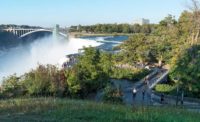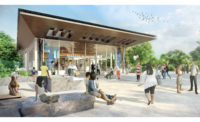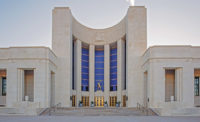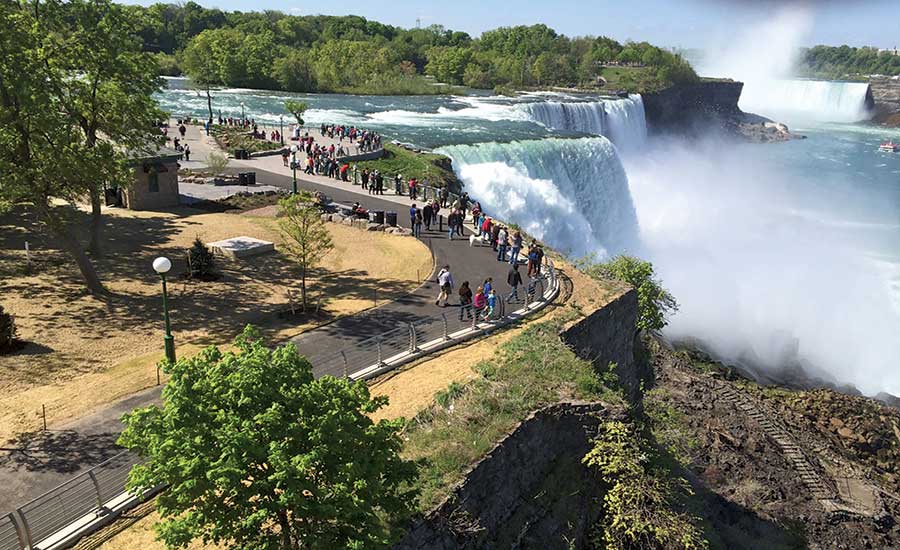Best of the Best Projects 2018
Best Renovation/Restoration: Niagara Falls State Park Rehabilitation

The state park’s 21-project rehabilitation program highlights the 400-acre landscape’s natural and industrial history.
PHOTO COURTESY OF THE LIRO GROUP

The state park’s 21-project rehabilitation program highlights the 400-acre landscape’s natural and industrial history.
PHOTO BY JAMES CAVANAUGH

The state park’s 21-project rehabilitation program highlights the 400-acre landscape’s natural and industrial history.
PHOTO COURTESY OF THE LIRO GROUP



Owner NY State Office of Parks, Recreation and Historic Preservation
Lead Design Firm T.Y. Lin International
Construction Manager LiRo Program and Construction Management PE PC
General Contractors The LiRo Group; Scott Lawn Yard
Five years in the making, the Niagara Falls rehabilitation program has transformed 400 acres of park land in a place of stunning natural beauty with a lingering industrial past.
The $65-million program included 21 projects under 41 contracts, all aimed at safely and efficiently bringing the park’s 9 million annual visitors right up to the iconic falls. The program either swept away or designed around the last remnants of Niagara Falls’ 1800s-era industrial history, when mills and factories lined the water and visitors could only see the falls through a peephole in a fence.
“We really did redesign the park,” says Andrew Schuler, the LiRo Group’s senior project manager. “We had to do major cuts and earthwork to change the slopes and pathways and find the quickest ways to the falls for visitors.”
The team integrated modern changes into Frederick Law Olmsted’s 1887 plan, making pathways accessible and adding drainage, sewer and electrical systems. “Olmstead never finished his master plan, but we knew his design principles and we tried to apply them everywhere we could,” says Frank McCue of New York’s Office of Parks, Recreation and Historic Preservation.
The team installed sensors to monitor vibrations on previously collapsed cliffs before bringing in heavy equipment. Repairing a concrete-and-limestone bridge on the brink of Bridal Veil Falls required a cantilevered scaffold system enveloping the entire structure.
Crews at the Cave of the Winds removed newly discovered radioactive rocks, by-products of past manufacturing plants, Schuler says. At Prospect Point, crews unearthed a structure housing a 200-ft elevator shaft and built a concrete bridge over it.
To fund the rehabilitation, the New York Power Authority agreed to accelerate its 20-year parks funding, providing $65 million in five years. “It allowed us to look at this park holistically, rather than design projects piece by piece,” McCue says.








